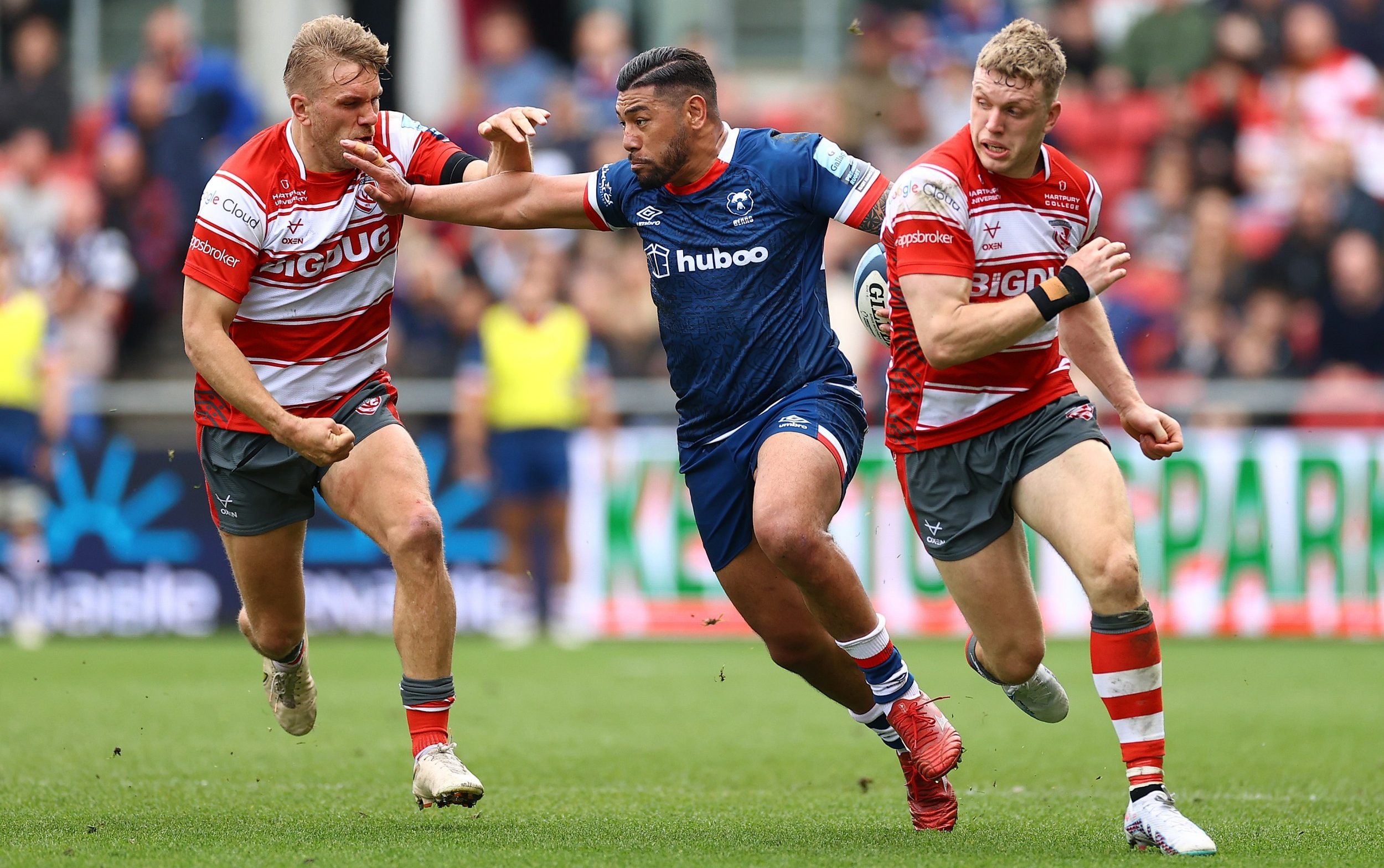They released the annual salary cap report last week. Premier Rugby has made it a pretty brilliant document, as if to emphasise how seriously the concept of the salary cap is being taken these days.
surpriseingly, it’s the first time they’ve known what the Saracens finished the season as champions. For example, they were subjected to the extended audit inspired by themselves, during which the champion club forensically mapped and searched their e-mails and text messages. “Saracens should be commended for their approach, support and full compliance,” the report says. Oh, the best of all worlds!
Since its foundation in 1999, the cap has had a difficult history, but every year we are reminded of the five goals that underlie it. “Controlling inflationary pressure on club costs “and ” Providing a level playing field for clubs” are two entry-level targets for any salary cap. “Allowing clubs to participate in European competitions” is an inconvenient guideline, as it pushes in the opposite direction to the others. But it is a price if the cap succeeds in “ensuring the financial sustainability of all clubs”. Hummm.

Where the cap has clearly succeeded in “securing a competitive prime minister’s office”. It has become almost a cliche over the past 20 years to highlight the competitiveness of the Premiership midfielder, but the competition was generally dominated by Leicester and the Wasps in the first half of the gap history and by the Saracens in the second half.
That could change. The report describes how 11 different clubs have participated in the playoffs in the last six seasons, and how the Premiership last season improved its rival competitions in the North (both international and national) in attempts that scored one match (7.02, before the United Rugby Championship) and in the percentage of profit margins in the seven points (43%, before the top 14).
However, competitiveness has continued to increase this season. Forgive the well-known stereotype, but even by Premiership standards it is remarkable to have six out of nine teams or ten wins, as we are doing now with two rounds remaining. If Leicester hadn’t taken a 19-0 lead over Bristol in the last 15 minutes on Saturday, there would have been seven teams. As it stands, the Tigers are below the six out of eight wins and still have a mathematical chance (approximately) of qualifying for the playoffs, while Northampton is above the six out of eleven. It remains everyone’s title.

After the horrors of last season off the field, it feels like halcyon times in the Premiership. There may even be signs that the national team is following this example, as it is so far from rugby that it has played up to and including the 2019 World Cup.
But no one should lose sight of some realities. In recent months, the clubs have published their annual accounts for the year, which is included in the last salary cap report. This process is certainly somewhat disappointing and has proved this no less this year. The salary cap may have reached as a result of the recent time, but there are no obvious signs that this will lead to improved balance sheet results.
Unlike, of course, this success goal in Europe. Before the accountants start working on the next financial data from the end of June, the trifle of the Champions Cup semi-final this weekend is imminent, the next contact of English rugby with reality. And the salary cap.

To see Harlequins and Northampton face each other with dedication at Twickenham this weekend meant enjoying the best of English rugby. It turns out that these two will now reach the semi-finals of this weekend, the best representation of English rugby so far in the knockout stage.
Everyone will now be competing against the kind of beasts that exceed the reach of a £5m cap. there is a heavy one for Leinster, which Northampton will face in Dublin on Saturday, and Toulouse, where the Harlequins will travel on Sunday, which neither team will experience in the Premiership.
Comparisons in the middle of salary caps are difficult. The English ceiling may extend in real terms to something closer, if various allowances are taken into account, but this includes all expenses for players, including agent fees and social security contributions from the employer.

